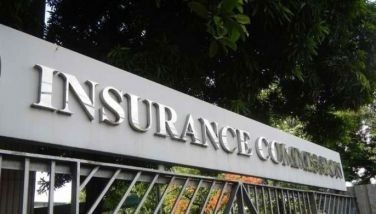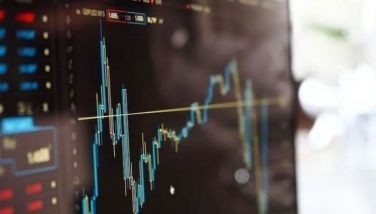Increasing investments and fighting inflation

Last week, President Marcos spoke to the business sector in an economic briefing in New York. He urged investors to look to the Philippines, citing an “economic resurgence” in the country on the tail end of the COVID-19 pandemic.
The President told investors that now was the time to consider investing in the Philippines, as we are headed towards a strong recovery and growth in the next six years. This primary focus on economic recovery makes the Philippines a wise investment choice. He added that his administration is focusing on opening the doors for high investment values with a robust socio-economic agenda.
President Marcos went on to share his focus areas in business and investment planning in the coming years, including pursuing investments in public infrastructure, improving transport networks, and revitalizing tourism. There are also plans to focus on structural reforms to allow for more industry participation and better foreign investment opportunities.
While now is a good time to set up strategic investment partnerships for the future, the administration will have to look closely at some of the current restrictions in the Philippines if we want to compete with our regional neighbors.
While there are abundant opportunities for partnerships with foreign investors in the country, economic liberalization has to be considered to make these investments more appealing. Until recently, the Philippines has remained quite restrictive regarding foreign direct investment and continuously ranks highly in the list of most FDI-restrictive locations.
We tick most of the alarm boxes regarding what investors look at when selecting locations. These include foreign equity limitations, uncertain non-uniform screening and approval processes, foreign employment restrictions, and limitations on land ownership by foreign-owned enterprises.
Because of this, there have been many instances where we could not maximize foreign investment. Presently, if the President is looking for robust foreign investment, his invitation may have to be coupled with revisiting investment barriers and creating a more stable and regulated business environment.
It’s been said repeatedly, after all, that the Philippines has many pros for attracting foreign investment. We have a ready and diverse pool of talent that is foreign language friendly, and we have been working on upskilling digital skills for the past several years.
If we can couple our incentives with a solid economic plan and more investment-friendly policies, we can attract new businesses to the country to invest and create more jobs to help with economic recovery.
There are opportunities available. We must proactively pursue them while ensuring economic investment reform remains fair to local businesses and Filipino talents. We must face challenges to securing investments now, including addressing regional and domestic investment ecosystems, the lack of viable capital, speeding up upskilling and technology quotient in local talents, creating more substantial infrastructure, and building attractive, but fair investment policies.
Lasting and sustainable success requires that every facet works together.
* * *
The Philippine peso has hit another new low against the US dollar following the Federal Reserve’s latest rate hike. Moreover, the peso will likely continue to depreciate as the Fed signals more increases in interest rates in its fight against inflation.
Unfortunately, at this point, there isn’t much that can be done to prevent the peso’s further depreciation against the US dollar. The United States is looking to battle its inflation, which will require more hawkish interest rate hikes in the coming weeks and months.
This means the peso could sink to as low as P65 to even P68 to the dollar in the coming days. While that is alarming, the Bangko Sentral ng Pilipinas (BSP) has said that the peso remains stable despite depreciation and that all countries in the Association of Southeast Asian Nations (ASEAN) have experienced their currencies weakening against the dollar.
While this may only be temporary, finding viable ways to address and prepare for the implications of the weakening peso-to-dollar rate is still important. While some are using this as an opportunity to exchange dollar earnings, the fact remains that when the dollar is high – prices tend to increase too.
Importers are under pressure to pay more of the cost of goods, which will be reflected in the prices of goods and services. All of this is part and parcel of fighting the continuing inflation crisis and is something we will all have to continue to face in the months ahead.
It will be a rough ride for a while as we focus on economic recovery and bouncing back. We must plan accordingly to mitigate the impact on Filipinos and the country.
- Latest
- Trending































